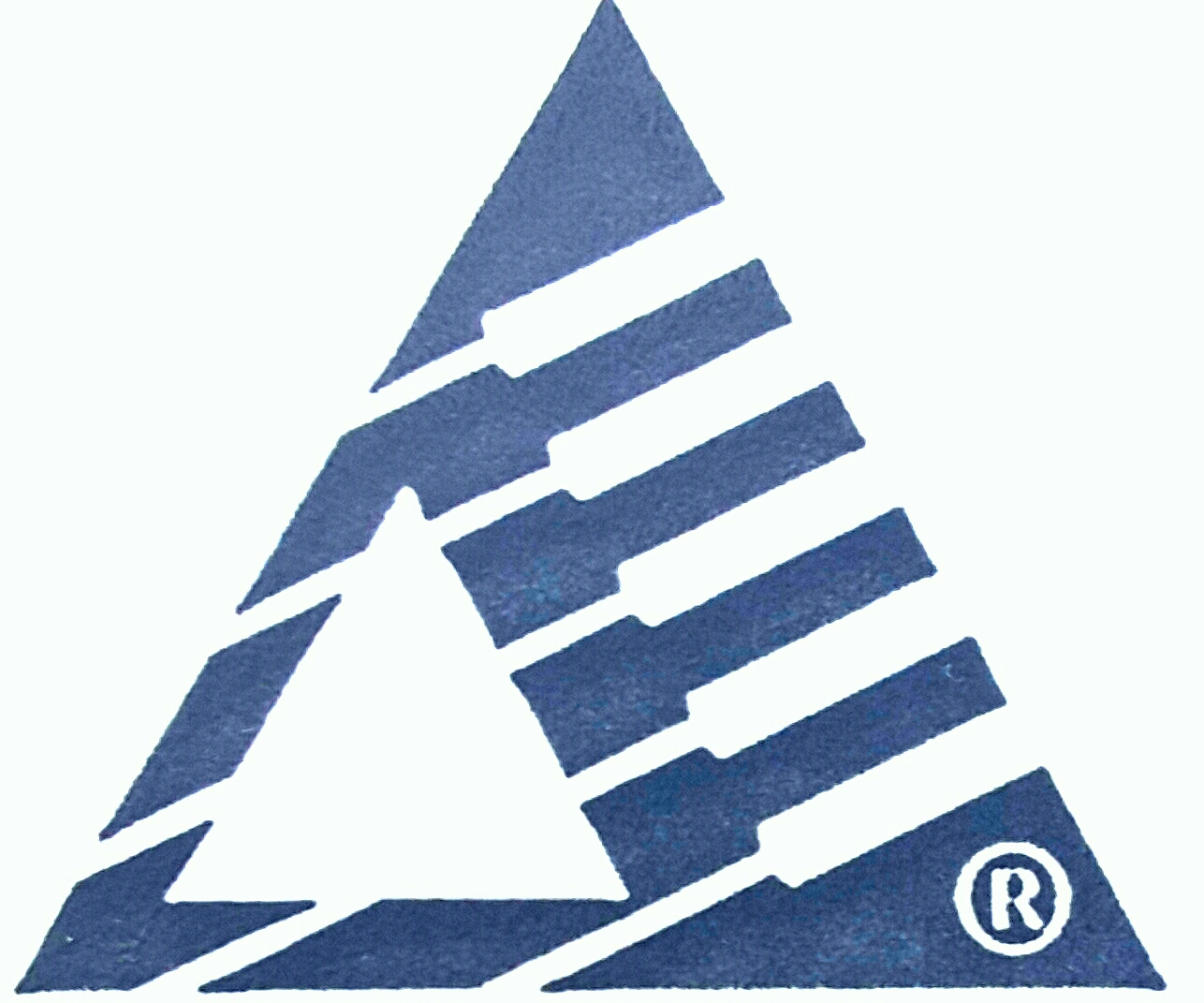Title Page
-
JICARILLA BESS PROJECT - 021579 - 0372
-
Conducted on
-
Prepared by
-
Location
WEEKLY INSPECTION LIST
General
-
1. Are posters and safety signs or warnings in place?
-
2. Are safety meetings held periodically?
-
3. Is a first-aid kit available and adequately stocked?
-
4. Has job-related safety training been completed?
-
5. Has an accident reporting procedure been established?
-
6. Is a substance abuse policy in place?
-
7. Are injury records kept?
-
8. Are emergency telephone numbers posted?
-
9. Are traffic routes identified?
-
10. Are there procedures to handle hazardous waste?
Housekeeping and Sanitation
-
1. Are work area(s) generally neat and clean?
-
2. Is waste and trash regularly disposed of?
-
3. Are passageways and walkways clear?
-
4. Is the work area well lighted?
-
5. Are waste containers provided and used?
-
6. Are sanitary facilities adequate and clean?
-
7. Is there an adequate potable water supply?
-
8. Are there adequate drinking cups?
-
9. Have nails, boards, and debris been removed?
-
10. Are eye-flushing facilities available?
-
11. Are emergency showers available?
Hazard Communication
-
1. Is there a written program?
-
2. Are employees trained?
-
3. Are safety data sheets on file and readily available?
-
4. Are control and disposal measure(s) established?
-
5. Are material(s) properly stored and labeled?
-
6. Is a log of all chemicals on site available?
-
7. Are labels legible?
Fire Prevention
-
1. Are an adequate number and types of fire extinguisher(s)
-
available?
-
2. Is fire prevention/extinguisher training performed?
-
3. Are inspections of fire extinguishers performed periodically?
-
4. Is the telephone number of the fire department posted?
-
5. Are fire extinguisher(s) provided on appropriate equipment?
-
6. Are flammable liquids stored in approved containers and
-
correctly labeled?
-
7. Are flammable liquids properly stored?
-
8. Is a fire alarm available?
-
9. Is a fire evacuation plan established?
-
10. Are fuel supplies protected from accidental impact?
-
11. Is fire training given to appropriate personnel?
-
12. Is equipment shut down prior to refueling?
-
13. Is equipment properly grounded to fuel trucks before refueling?
-
14. Are no-smoking signs posted and enforced?
-
15. Are hydrants clear and access to public thoroughfare open?
Flammable Liquids and Materials
-
1. Are empty containers removed?
-
2. Are only approved containers being used?
-
3. Are containers stored in approved and appropriate area(s)?
-
4. Is outside storage bermed for containment?
-
5. Are storage tanks properly grounded and bonded, and is pressure relief provided?
-
6. Are cylinders stored or secured in an upright position?
Electrical
-
1. Do electrical devices have a current inspection and coding?
-
2. Is electrical equipment properly maintained?
-
3. Is equipment properly grounded?
-
4. Is an assured equipment grounding program established?
-
5. Are ground fault circuit interrupters used and tested where required?
-
6. Are fuses provided?
-
7. Are electrical dangers posted?
-
8. Are proper fire extinguisher(s) provided?
-
9. Are terminal boxes equipped with required covers, and is the cover used?
-
10. Are circuits labeled in terminal boxes?
Personal Protective Equipment (PPE)
-
1. Is protective equipment adequate for exposure?
-
2. Is PPE being used?
-
3. Are employees trained in the use of PPE?
-
4. Are inspections being conducted before and after use of PPE?
-
5. Is adequate maintenance and sanitary storage available and used?
-
6. Is adequate fall protection provided?
-
7. Is eye protection available?
-
8. Is face protection (glasses, goggles, shields) available?
-
9. Is hearing protection available?
-
10. Are respirators and masks provided?
-
11. Are respirators used to protect against harmful dust, asbestos, sand blasting, and welding (lead, paint, and galvanized zinc or cadmium)?
-
12. Is head protection available?
-
13. Is hand and foot protection available?
Hand Tools
-
1. Are proper tool(s) used for the job?
-
2. Are handles free of cracks and properly attached to tools?
-
3. Are inspections and proper maintenance performed prior to use?
-
4. Are tools neatly stored and safely carried?
Power Tools
-
1. Is proper housekeeping conducted where tools are used?
-
2. Are inspections and proper maintenance of tools performed?
-
3. Are tools grounded properly or double-insulated?
-
4. Are tool guards in place and used correctly?
-
5. Are damaged or malfunctioning tools tagged out until repaired or replaced?
-
6. Are tools in compliance with local laws and ordinances?
-
7. Are all operators qualified?
-
8. Are tools protected from unauthorized use?
-
9. Is competent instruction and supervision provided?
-
10. Are cords included in electrical inspection?
Hoists, Cranes, and Derricks
-
1. Are annual inspections completed?
-
2. Have operators been properly tested, and are their physical exams current?
-
3. Are daily inspections completed by operators?
-
4. Are outriggers used?
-
5. Are power lines deactivated or removed, or are warning signs posted with at least 10 feet of clearance from overhead power lines (for voltages 50,000 volts or below)?
-
7. Is proper loading for capacity at lifting radius?
-
8. Is equipment operated in accordance with the manufacturer’s instructions?
-
9. Does a competent person inspect the crane?
-
10. Is equipment properly lubricated and maintained?
-
12. Are signal workers placed where needed?
-
13. Is there a "no hands" policy used and only taglines used to steady the load?
-
14. Have exclusions zones been identified with barricade to include the swing radius of the crane?
-
13. Are alarms working and audible?
Heavy Equipment
-
1. Is regular inspection and maintenance performed?
-
2. Are seat belts provided and used in equipment with rollover protection structure?
-
3. Are backup alarms working and audible?
-
4. Is a slow-moving-vehicle emblem attached to rear of equipment operating at less than 25 mph?
-
5. Are employees riding equipment with proper seating?
-
6. Are lights, brakes, and warning signals operative?
-
7. Are wheels chocked when necessary?
-
8. Are haul roads well maintained and laid out properly?
-
9. Is equipment properly secured when not in use?
-
10. Are noise arresters used?
-
11. Are spark arresters used as necessary?
Barricades
-
1. Are appropriate warning signs and barricading displayed where hazards are evident.
-
2. Is barricading erected in an appropriate manner as to prevent inadvertent entry
-
3. Are information tags being used and are legible
-
4. Is the correct barrier tape or flagging being used to identify the hazard
-
5. Is the intent of the barricading/warning signs being adhered to
-
6. Are penetrations appropriately covered, barricaded and sign posted?
-
7. Are all lifts barricaded to include the crane swing radius?
Handling and Storage of Materials
-
1. Are materials properly stored or stacked?
-
2. Are shelves, racks, and overhead storage load-rated?
-
3. Are passageways clear?
-
4. Are there sufficient employees to do the job?
-
5. Are employees lifting materials correctly?
-
6. Are materials protected from weather?
-
7. Are employees protected from falling into hoppers and bins?
-
8. Is dust protection used?
-
9. Is the correct type of fire extinguisher(s) and other fire protection available?
-
10. Is traffic controlled through the storage area?
-
11. Is rigging inspected prior to use?
-
12. Is a competent person responsible for materials storage and handling?
Demolition
-
1. Is an engineering survey provided in writing?
-
2. Are chutes provided for disposing of material above 20 feet high?
-
3. Does documentation show operations planned ahead?
-
4. Is shoring of adjacent structures complete?
-
5. Are utilities shut off?
-
6. Are hazardous materials or chemicals removed from any pipes, tanks, or equipment?
Welding and Cutting
-
1. Are all welding and cutting operators qualified?
-
2. Are screens and shields in place?
-
3. Is oxygen and acetylene stored properly?
-
4. Are bottles not in use secured with caps in place?
-
5. Is proper eye protection and PPE used?
-
6. Are fire extinguisher(s) located near operations?
-
7. Is a “hot work” permit completed and posted in areas requiring a permit?
-
8. Are valves shut off and regulators backed off each night?
-
9. Are flashback arresters placed on hoses (O2 and fuel gas)?
-
10. Is electrical equipment grounded?
-
11. Is the area inspected for fire hazards?
-
12. Are gas lines and power cables protected and in good condition?
-
13. Is proper ventilation ensured?
Concrete Construction
-
1. Are holes, trenches, and cuts more than 5 feet deep shored and sloped, or are trench boxes used?
-
2. Are operations supervised by a competent person?
-
3. Are soil banks at least 2 feet from edges of cut?
-
4. Are ladders placed to ensure no more than 25 feet of lateral travel by worker?
-
5. Are ladders properly secured?
-
6. Are adjacent structures properly shored?
-
7. Is shoring and sheathing correct for soil and depth?
Work Permits
-
2. Are hot work permit procedures followed?
-
4. Are procedures for control of hazardous energy (lockout/tagout) being used?
-
6. Are emergency rescue plans established and available?
Security
-
1. Are all trailer doors locked and secured before leaving for the day?
-
2. Are all company assets secure before leaving for the day?
Other Media
-
Attach additional media
Signature
-
Type name
-
Sign name











